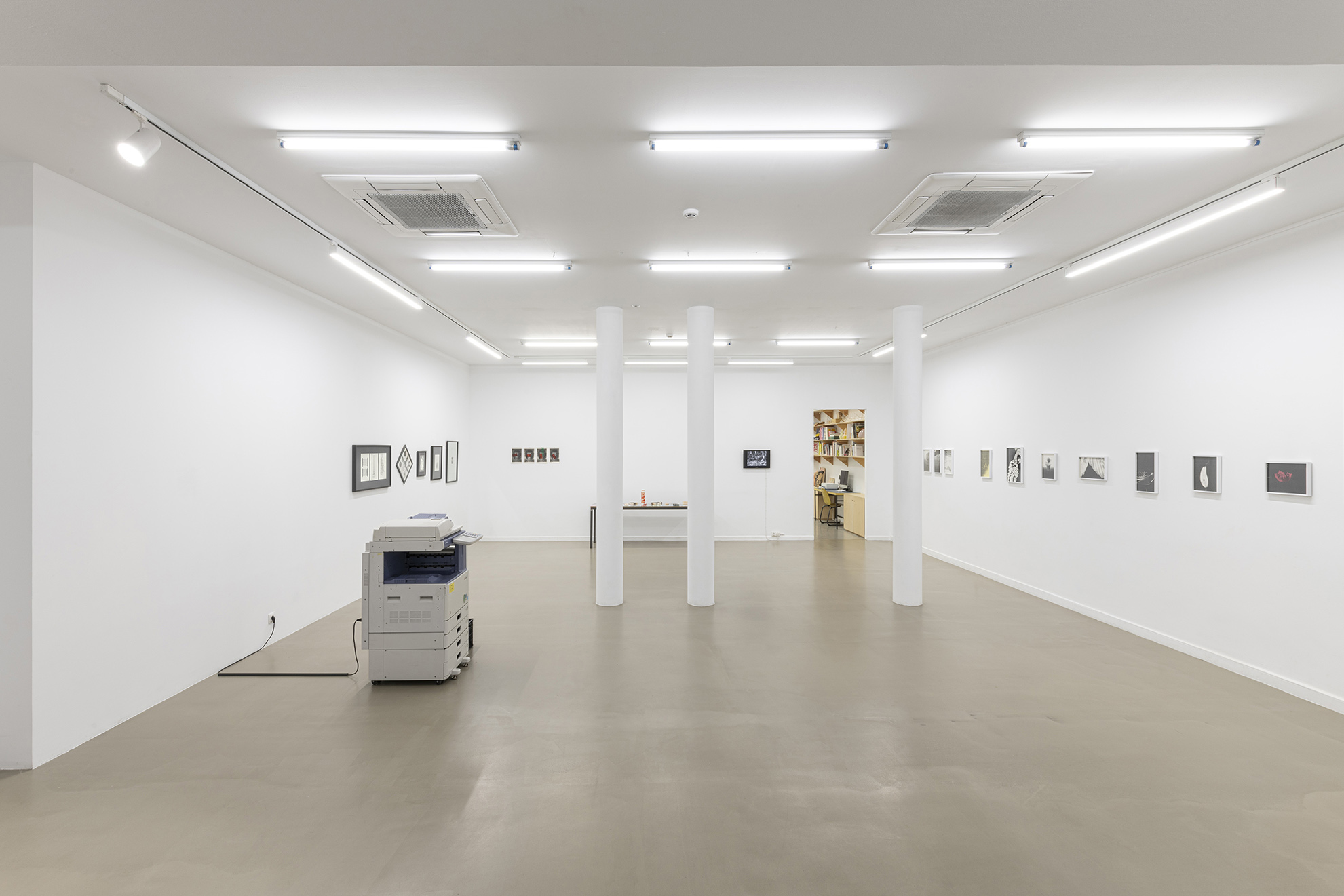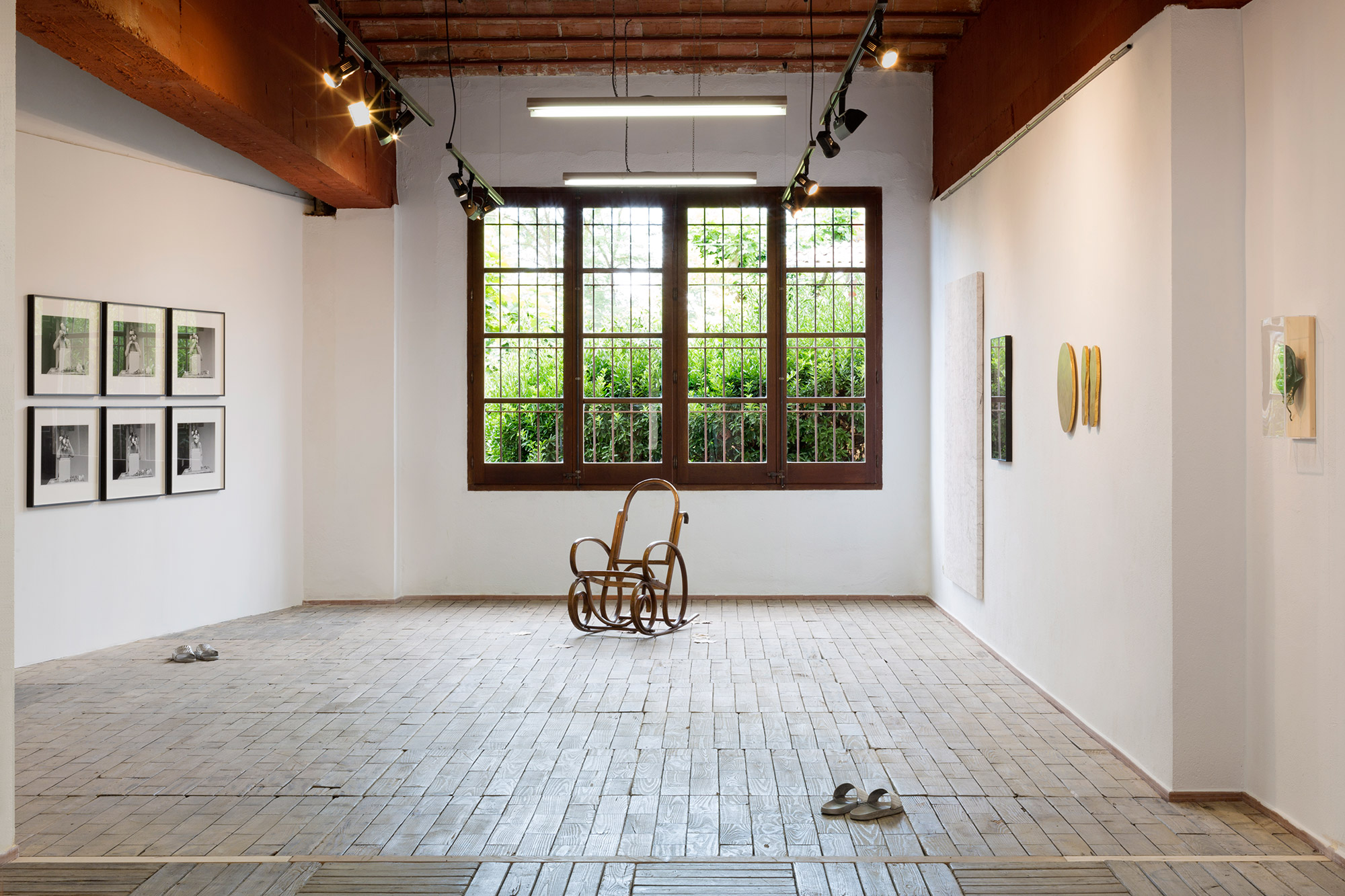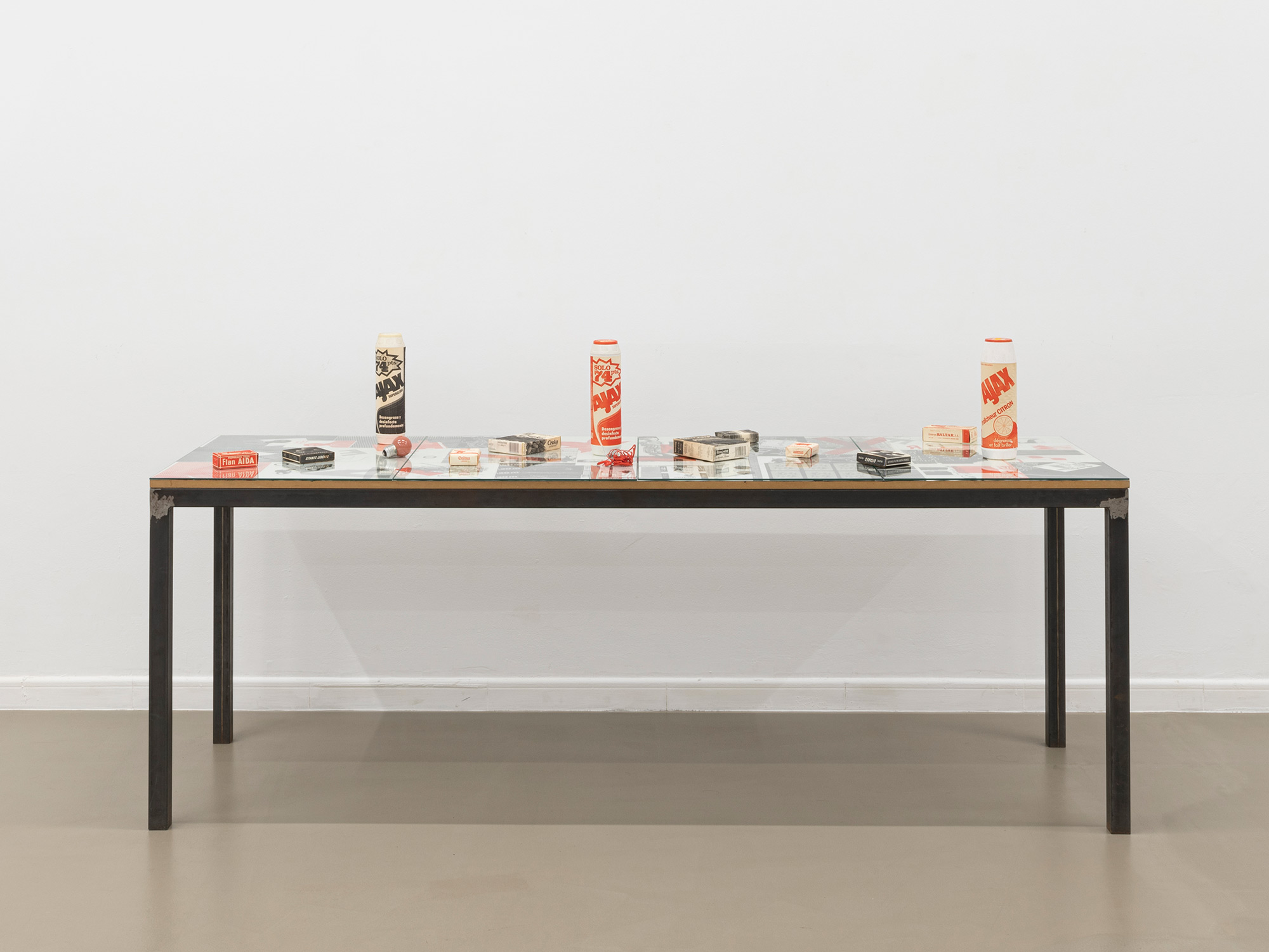
Noguera began his artistic career in the seventies by incorporating domestic objects and landscape elements with an aesthetic and processual approach akin to Arte Povera. He has popularised the enfangada (from fang, meaning ‘mud’ in Catalan), which consists of covering in clay a surface or series of objects in order to observe the drying process and the cracks appearing at random. Noguera pioneered work with photocopies and the concept of the archive as readymade by introducing found photographs and films. He has developed works based on the conceptual processes of photography and electrography and practised installation and action. Matter as process, the domestic object and the immediate landscape are his main centres of interest.

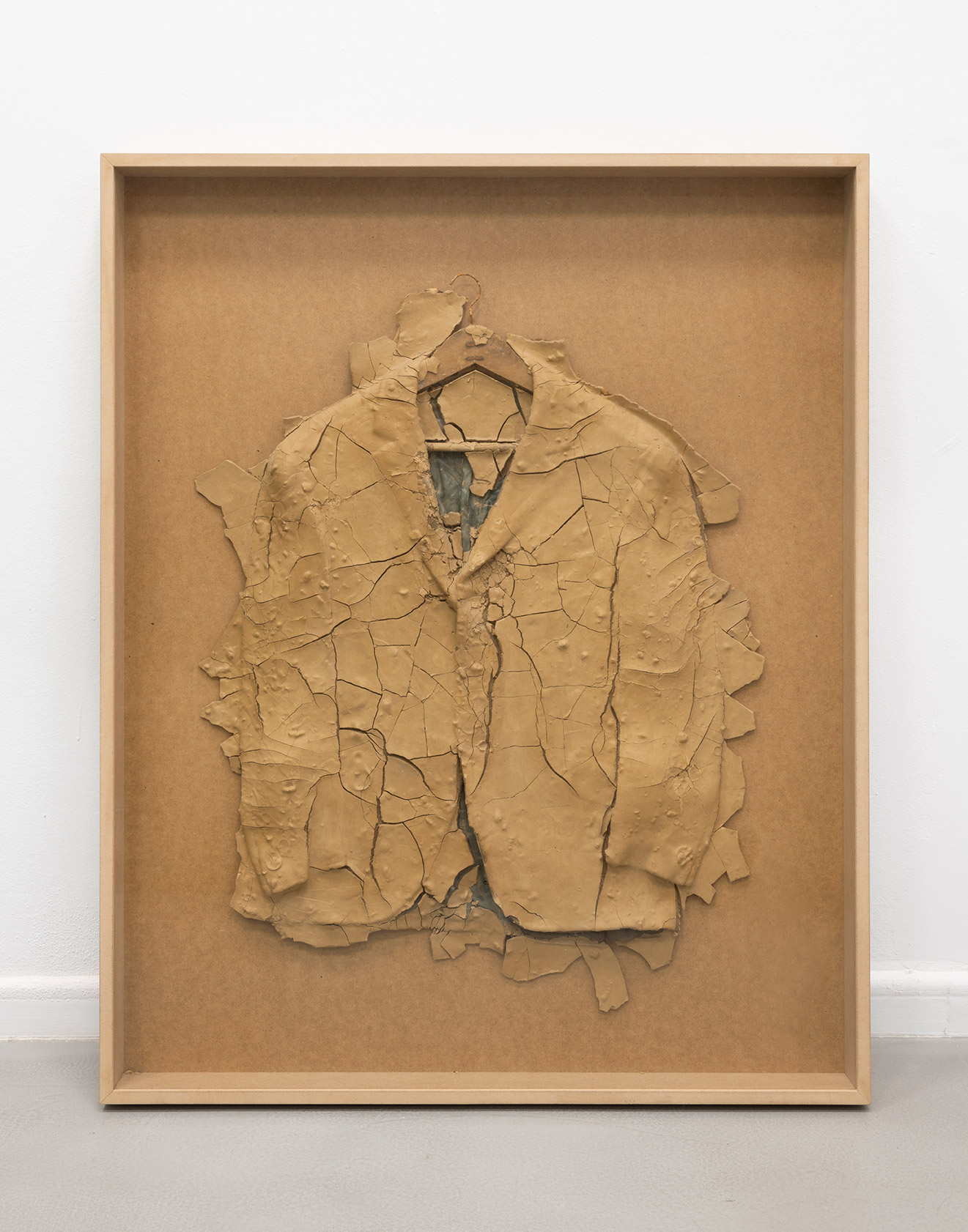
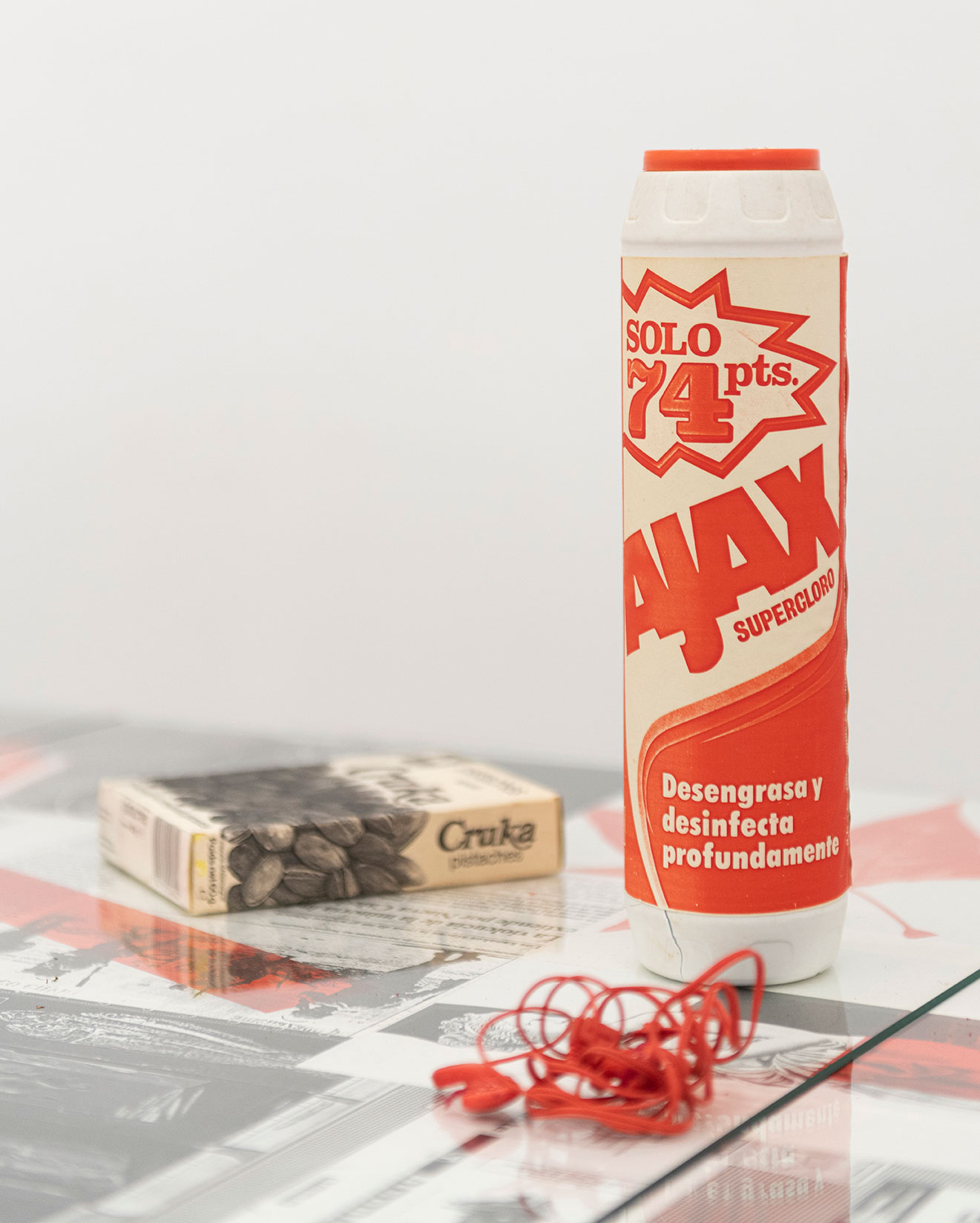

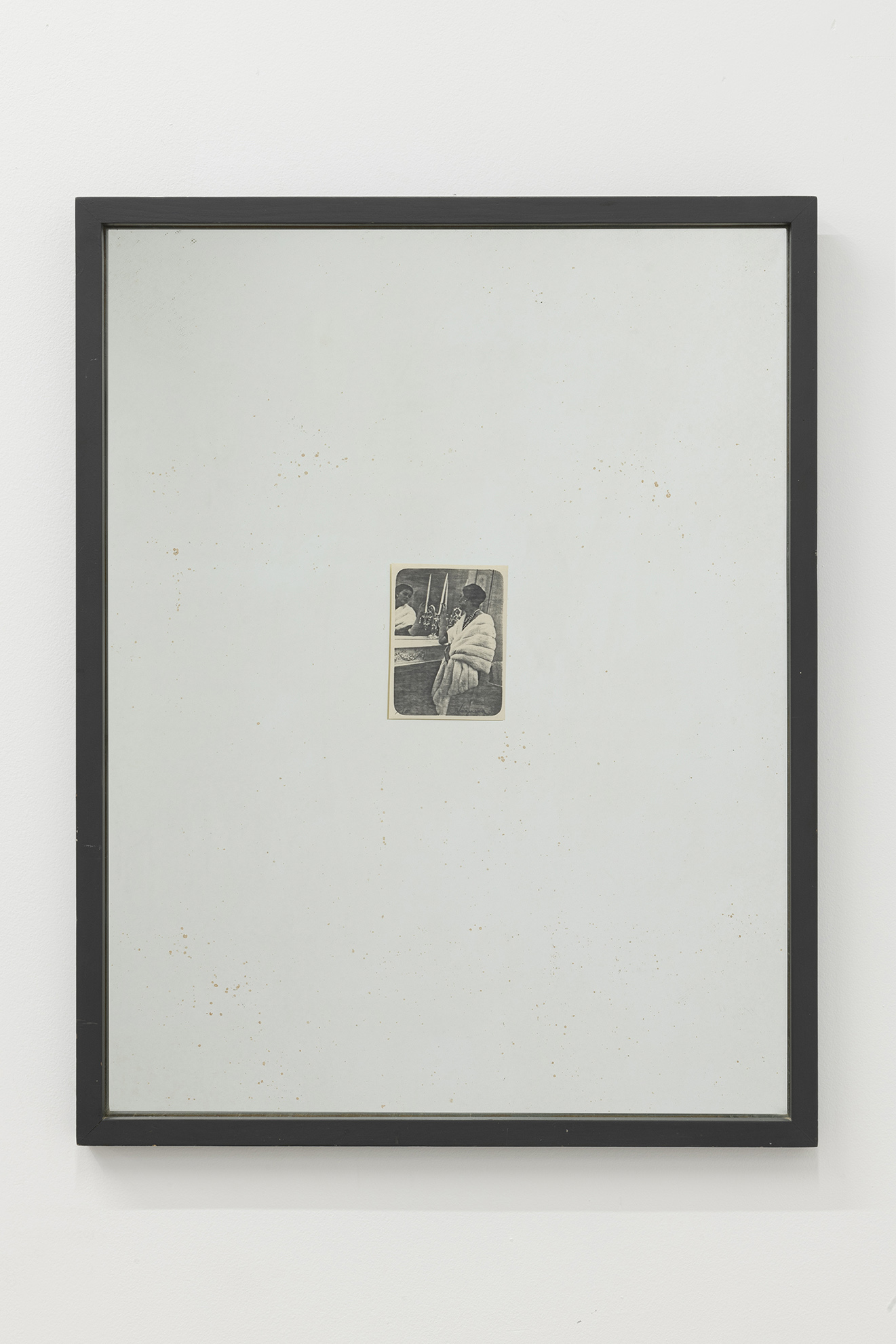
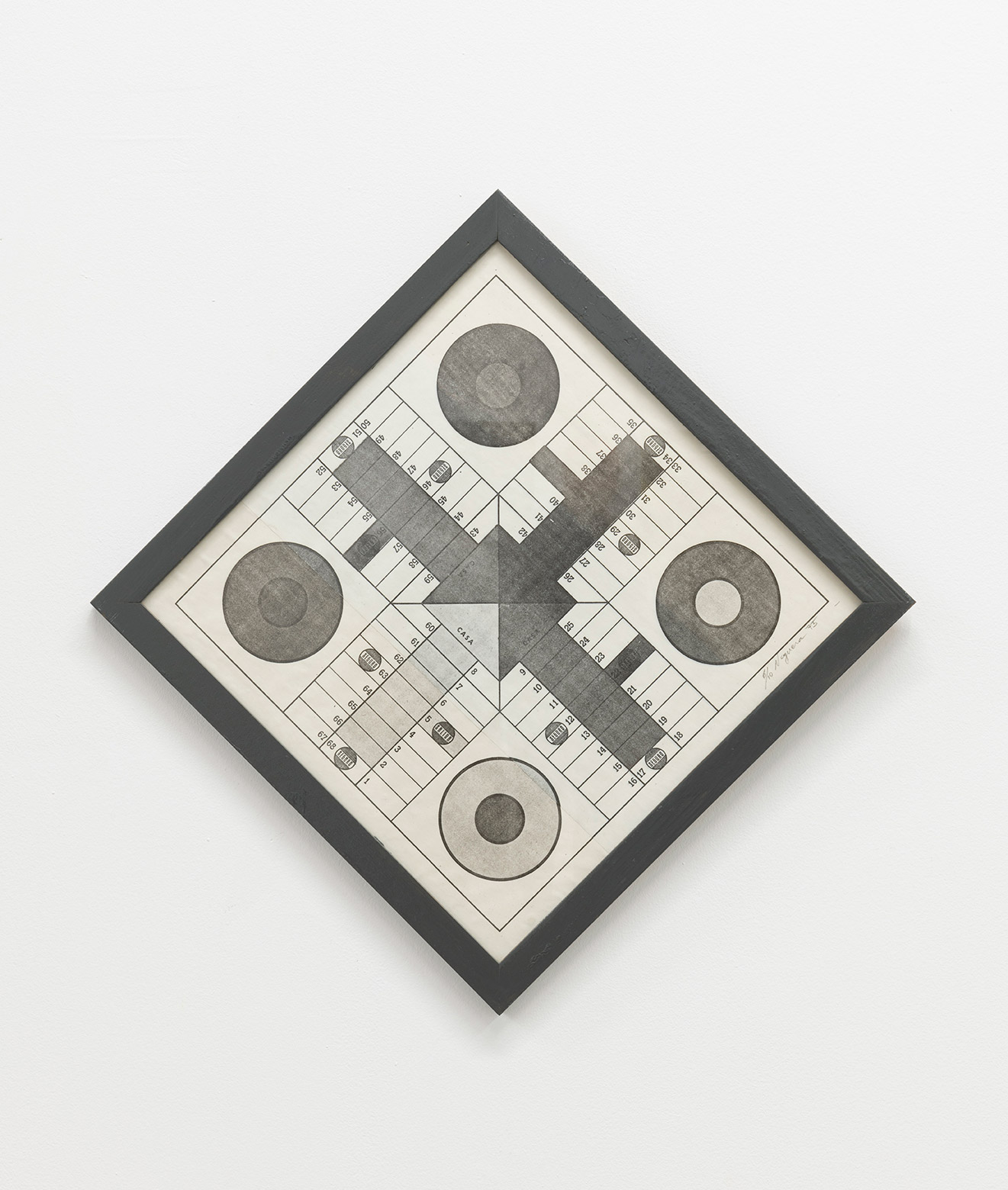
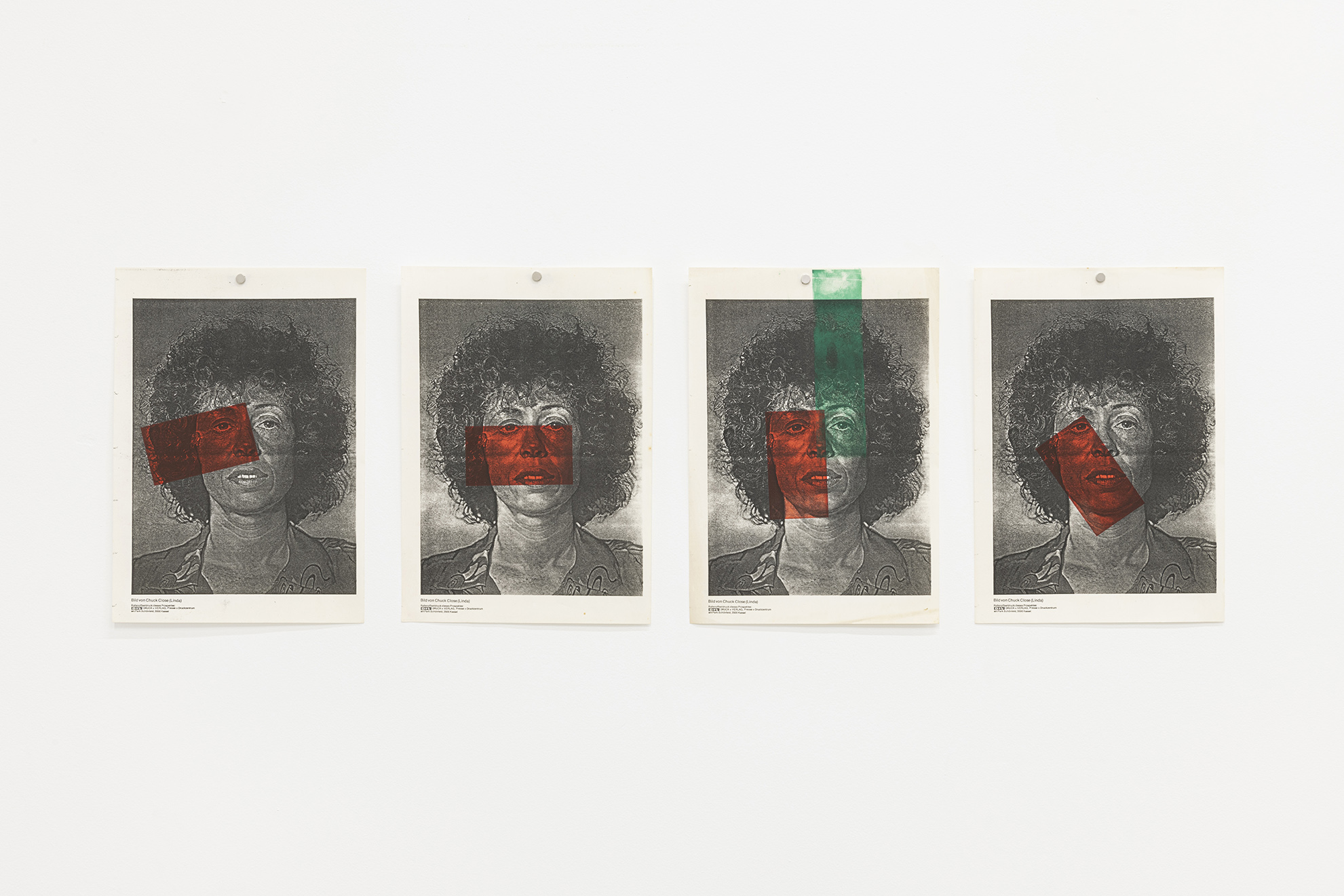
Pere Noguera (b.1941, La Bisbal d’Empordà) lives and works in La Bisbal d’Empordà. His work embraces sculpture, installation, photography, performance, video and the archive.
His work has been shown in Barcelona Museum of Contemporary Art (MACBA, Barcelona, 2021-2005) Bólit Art Center (Girona, 2021), Vilacasas Foundation (Barcelona, 2020), Exile Museum (La Jonquera, 2012), Antoni Tàpies Foundation (Barcelona, 2011), José Guerrero Museum (Granada, 2005), National Museum Art Center Reina Sofía (MNCARS, Madrid, 2005), Santa Mónica Art Center (Barcelona, 2001), Girona Museum of Art (Girona, 1999), Palau de la Virreina (Barcelona, 1996), Staatliche Kunsthalle (Baden Baden, 1992), Chateaux de Servieres (Marsella, 1990), Les Allumés, CDRC (Nantes, 1990), Rafinerie de Plan K (Bruselas, 1988), Le Consortium (Dijon, 1986) Centre d’Art Pompidou (París, 1982), Metrónom (1988 – 83 – 81, Barcelona) Joan Miró Foundation (1983, Barcelona) y Sala Vinçon (Barcelona, 1975), among others.
He is part of relevant public and private collections such as Artium (Vitoria-Gasteiz), MACBA (Barcelona), Olor Visual (Barcelona), Vila Casas Foundation (Barcelona), Juan March Foundation (Madrid), Suñol Foundation (Barcelona) and National Art Collection of Catalonia (Barcelona), among others.
